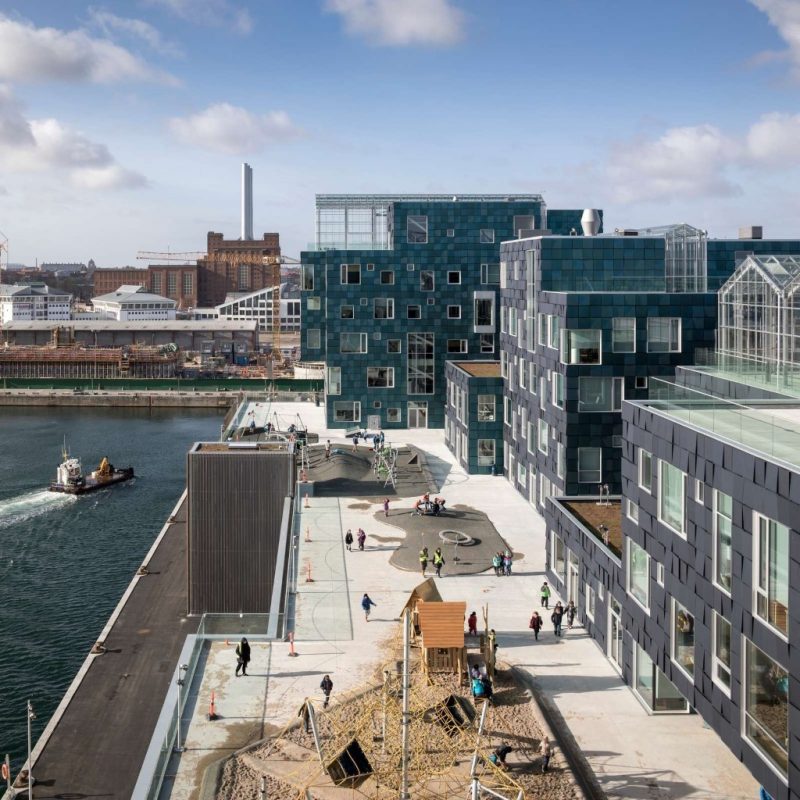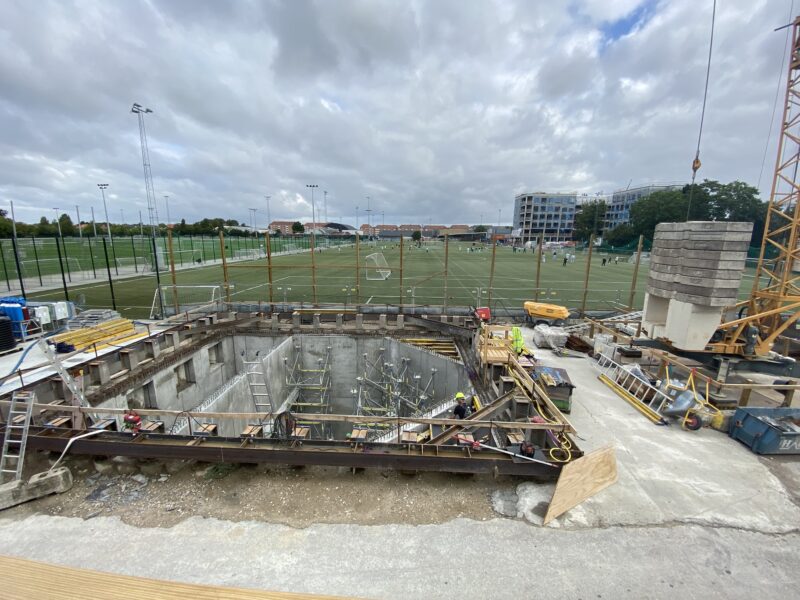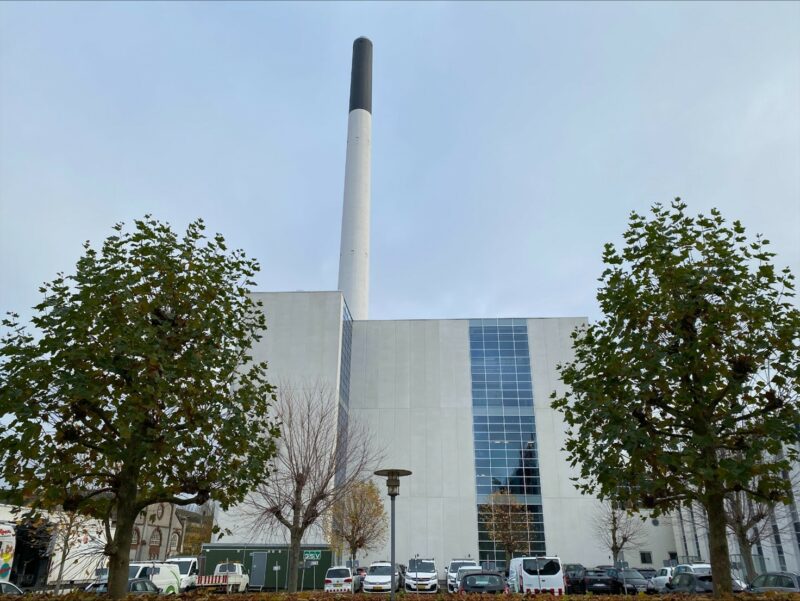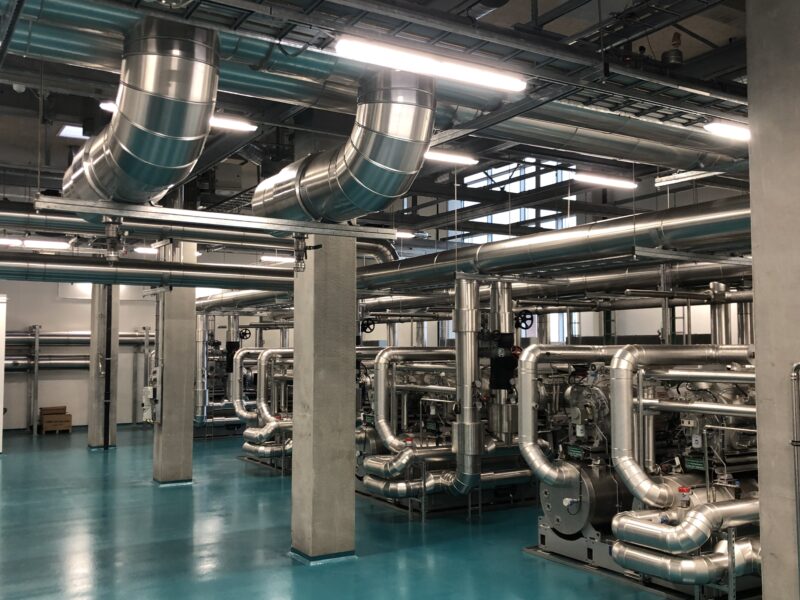News
Buildings
District cooling
District energy
+3
Cooling the city with seawater from the harbour
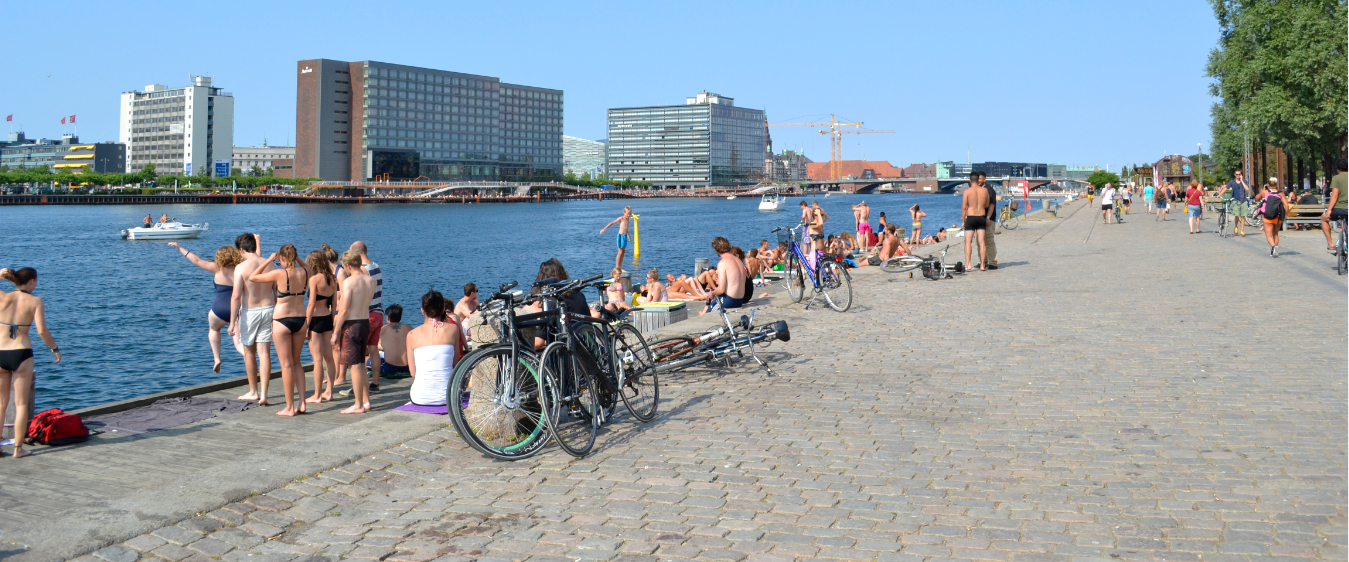

“Most people can easily imagine the buildings in New York with the characteristic air-conditioning system hanging from almost every window. We do not have that in Copenhagen, and luckily, we do not need it either – even if our summers continue to be as warm as this year”, said Flemming Birck Pedersen, head of Remote Cooling at HOFOR, the largest utility company in Denmark within water supply, wastewater management, district heating, district cooling and gas supply.
In most cities, a greater need for air-conditioning and cooling can lead to a higher electricity consumption, which consequently increases CO2-emissions. In addition, conventional electric-powered and individual cooling systems can be quite expensive, noisy and consume a lot of space. However, in Copenhagen, HOFOR has exploited the capital city’s location as a coastal city by creating a collective, climate-friendly remote cooling system that utilises the surrounding cold seawater to cool commercial buildings and public properties. Properties, which typically require large amounts of cooling.
Related news: The Copenhagen harbour - From cesspool to bustling, recreational and sustainable city area
“Every day, we pump cold water from Copenhagen Harbour into HOFOR’s two large cooling plants. We use the cold seawater to cool some large pipes that contain water and afterwards this water is sent out as cooling for large public or commercial buildings as well as several large hotels. The water is, of course, returned to the sea again”, added Flemming Birck Pedersen.
4000 hotel rooms cooled with seawater
This summer, the seawater in Copenhagen's Harbour, helped cool 4000 out of Copenhagen's 21,000 hotel rooms.
"Our cooperation with HOFOR allows us to reduce our CO2 consumption even further. Additionally, remote cooling has the advantage that, instead of noisy machines, we can use environmentally friendly solar cells on the roofs of the hotels, which can reduce our electricity consumption. We are pleased that, together with HOFOR, we can help create greener solutions", said Tage Holck, Scandic Hotel’s Technical Director in Denmark.
Cooling through underground pipes reduces CO2-emissions and costs
The remote cooling technology is very similar to district heating, and it is remarkably climate-friendly because it utilises very little electricity to pump the water around the pipes.
Related news: The world's biggest harbour bath inaugurated with a splash
“We usually estimate that when a property decides to use remote cooling from HOFOR, it can reduce its CO2-emissions with up to 70 percent compared to the use of individual air-conditioning systems. Additionally, because the seawater reduces the need for electricity significantly, it can give the properties financial savings of up to 40 percent compared to the use of the individual air-conditioning system,” said Flemming Birck Pedersen from HOFOR.
Climate-friendly air-conditioning makes room for rooftop terraces and solar cells
A further gain from remote cooling is that the system is silent and does not take up space because the pipes run in the underground, which eliminates the need for cooling machines on building facades or rooftops. This way, the roofs can be utilised for other things such as rooftop terraces or solar cells.
“Even if future summers will become as warm as this year, this does not have to mean boiling hot offices, overheated server rooms or sweaty tourists. More hotels and large properties just need to be connected to the remote cooling system. It is not only beneficial for Copenhagen’s goal to become CO2-neutral but also benefits urban liveability”, concludes Flemming Birck Pedersen.
Facts:
- HOFOR supplies commercial buildings and public properties with district cooling in Copenhagen. Some of the users are the National Museum of Art, Rigshospitalet (the largest Danish hospital), Magasin, The House of Industry as well as hotels, restaurants and supermarkets.
- HOFOR delivers cooling to 18 hotel chains in Copenhagen.
- Overall, 4000 hotel rooms, or 320,000 m2 hotel, in Copenhagen are cooled with environmentally friendly remote cooling from the city's seawater.
- Two seawater chambers are located 15 meters below the ground in Copenhagen. These chambers lead the seawater to HOFOR's two cooling plants to make remote cooling.
- 20 kilometres of pipes with environmentally friendly cooling run under Copenhagen and are expanded on a regular basis.
Source: HOFOR (in Danish)
You should consider reading
solutions
Combined heat and power production
+6
CopenHill: The story of the iconic waste-to-energy plant
20 November 2024solutions
Energy efficiency in buildings
+2


